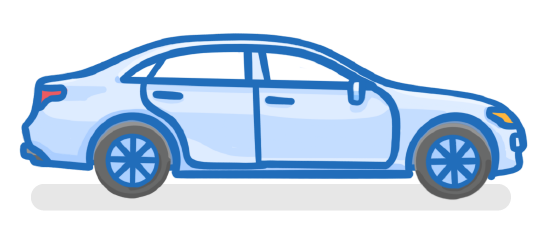Welcome to the Quiz!
This quiz contains 7 questions from a mix of 1 subtopics.
positive / negative / neutral / protons / electrons / neutrons
- All objects have positively charged and negatively charged .
- Normally, the number of protons and electrons are the same which means the object is overall.
|
charge / conducting / insulating / friction / positive
When two objects are rubbed together, the can cause electrons to move from one object onto the other. This can lead to a build up of .
However, this doesn't work for friction between two materials as the electrons would just flow straight back again.
|
When two materials are rubbed together, which particles are transferred?
Electrons
Neutrons
Protons
|

A material which gains additional electrons will have a:
Negative charge
Positive charge
|
When two objects are rubbed together, electrons may be transferred. The object that becomes positive, must have ________ electrons.
lost
gained
|
potential difference / charge / protons / electrons
A large build up of on an object can cause a large between the object and the earth.
The large potential difference could allow to jump through the air to earth, causing a spark.
|

True or False? The metal body of a car can build up charge from being in contact with the wind.
True
False
|